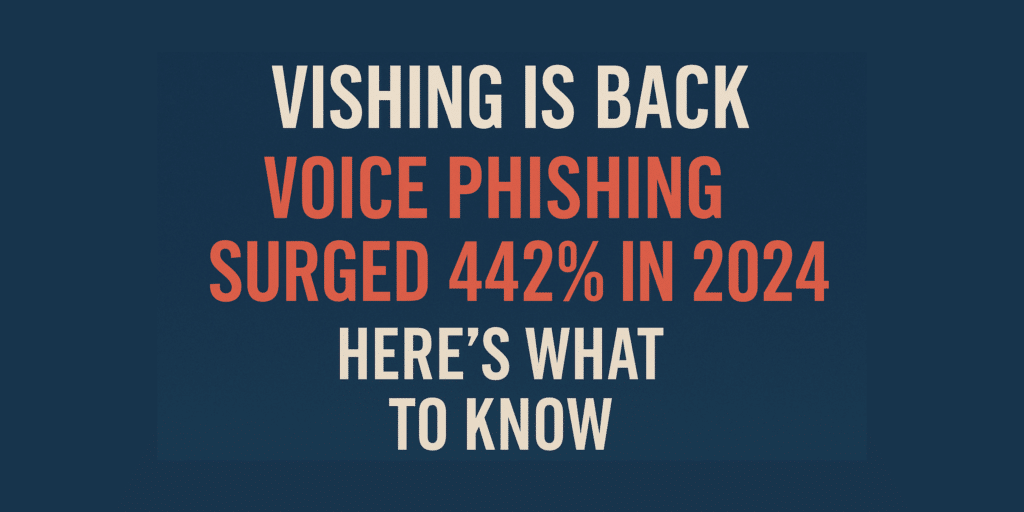Table of Content
-
The Modern Voice Scam
-
Why It’s Working
-
Real-world Impact
-
Protecting Yourself
-
Road Ahead
The Modern Voice Scam
Today’s vishers don’t just cold-call thousands of people hoping to get lucky. They’re using sophisticated social engineering combined with AI voice technologies to create targeted, convincing attacks.
A typical attack starts with basic research on LinkedIn or social media. The scammer gathers just enough details about you and your company to sound legitimate. Then they call, often spoofing the phone number of your bank, IT department, or another trusted organization.
“These aren’t the awkward scam calls from years ago,” says cybersecurity analyst Mira Patel. “Today’s vishers sound professional, have done their homework, and create genuine urgency that bypasses our usual skepticism.”
Why It’s working
Several factors explain this frightening trend:
Voice creates immediate trust. Humans naturally trust voice conversations more than text-based communication, making us vulnerable when someone sounds confident and knowledgeable.
AI-generated voices have improved dramatically. Scammers can now clone voices with just a small audio sample, creating convincing impersonations of executives or IT staff.
Remote work has changed verification processes. With employees scattered geographically, many organizations have looser verification procedures, making it harder to confirm identities.
Phone spoofing technology has become more accessible. Anyone can make their call appear to come from legitimate numbers, including your company’s actual helpdesk.
Real-World Impact
Financial losses from vishing attacks doubled in the past year, with the average corporate victim losing $123,000 per successful attack. Small businesses have been hit particularly hard, as they often lack robust security awareness training.
One manufacturing company lost $1.8 million after an accounts payable employee received a convincing call from someone posing as their CEO, requesting an urgent wire transfer to “secure a time-sensitive acquisition opportunity.”

